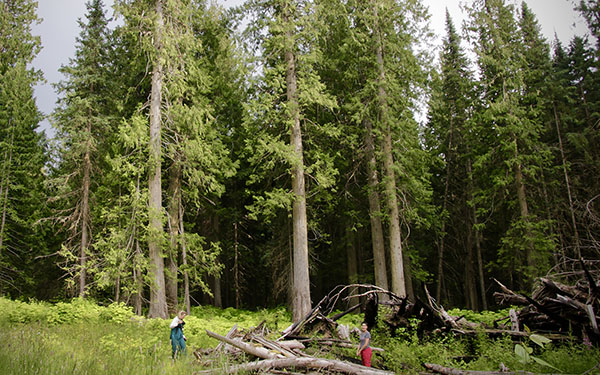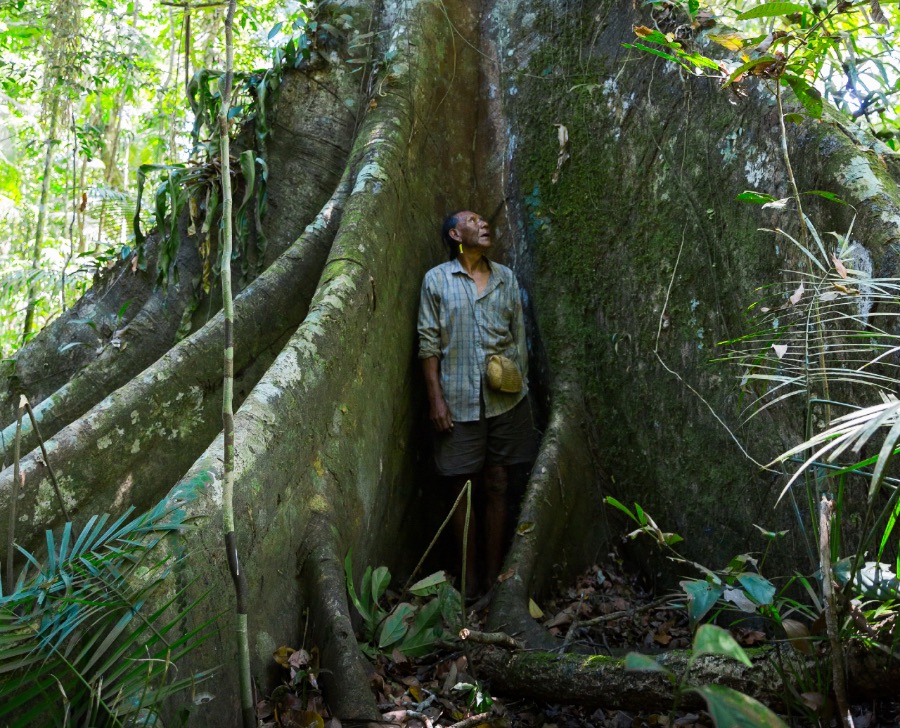Publication type: Research papers
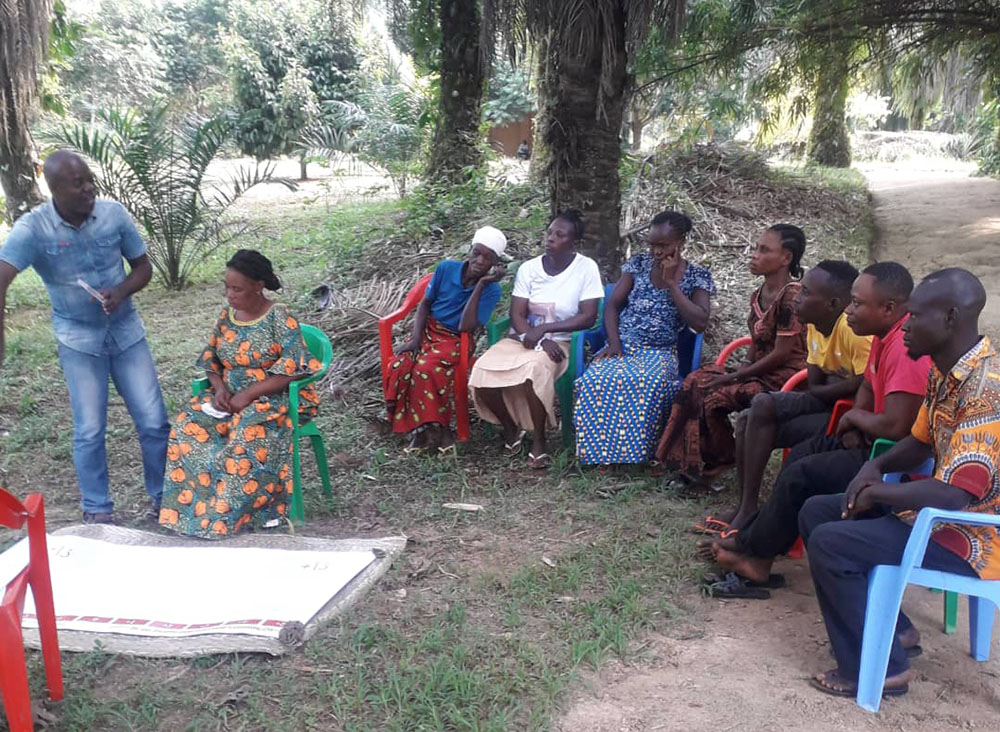
The DRC has over 100 million hectares of forest and has significant potential to benefit from these forests through REDD+ if they are managed effectively. The research shows that building the right capacity, consulting and accessing the needs of the community, and building long-term projects and partnerships are key success factors for improving forest governance.
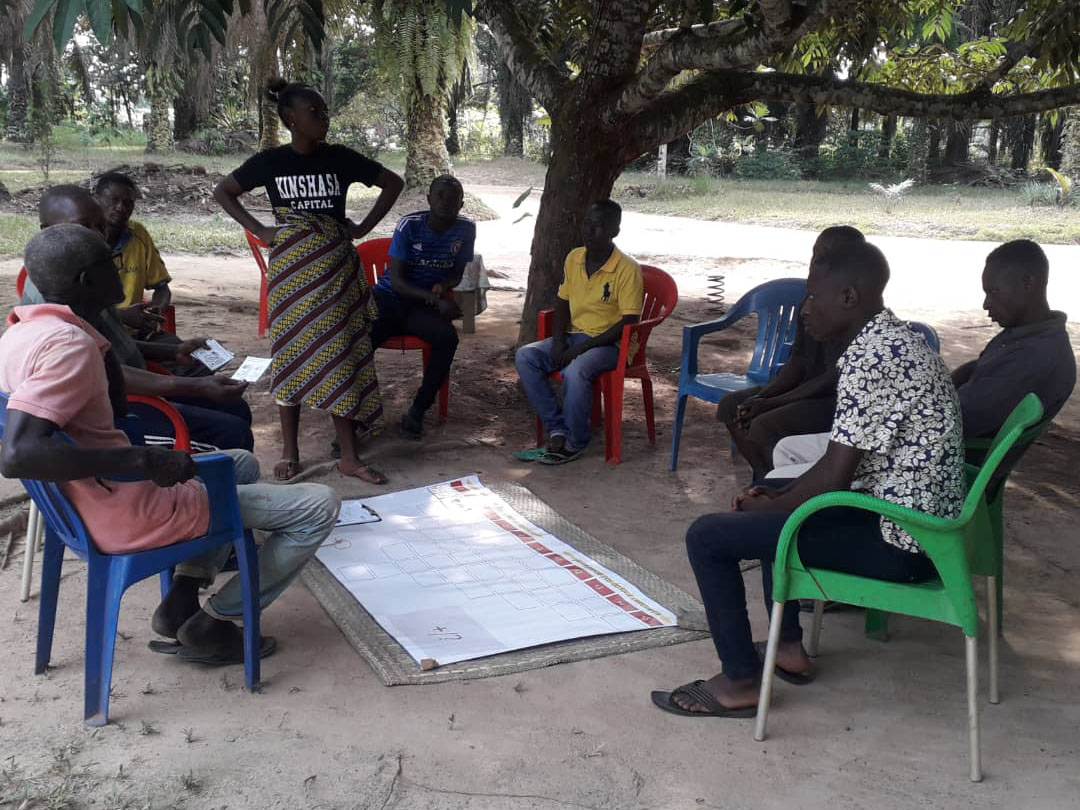
Payment for ecosystem service (PES) schemes are programmes that compensate forest communities for refraining from undertaking extractive uses, such as mining, intensive logging, and clearing. PES schemes can be important policy tools in meeting climate targets but effective deployment demands an understanding of local deforestation drivers and host communities’ preferences.
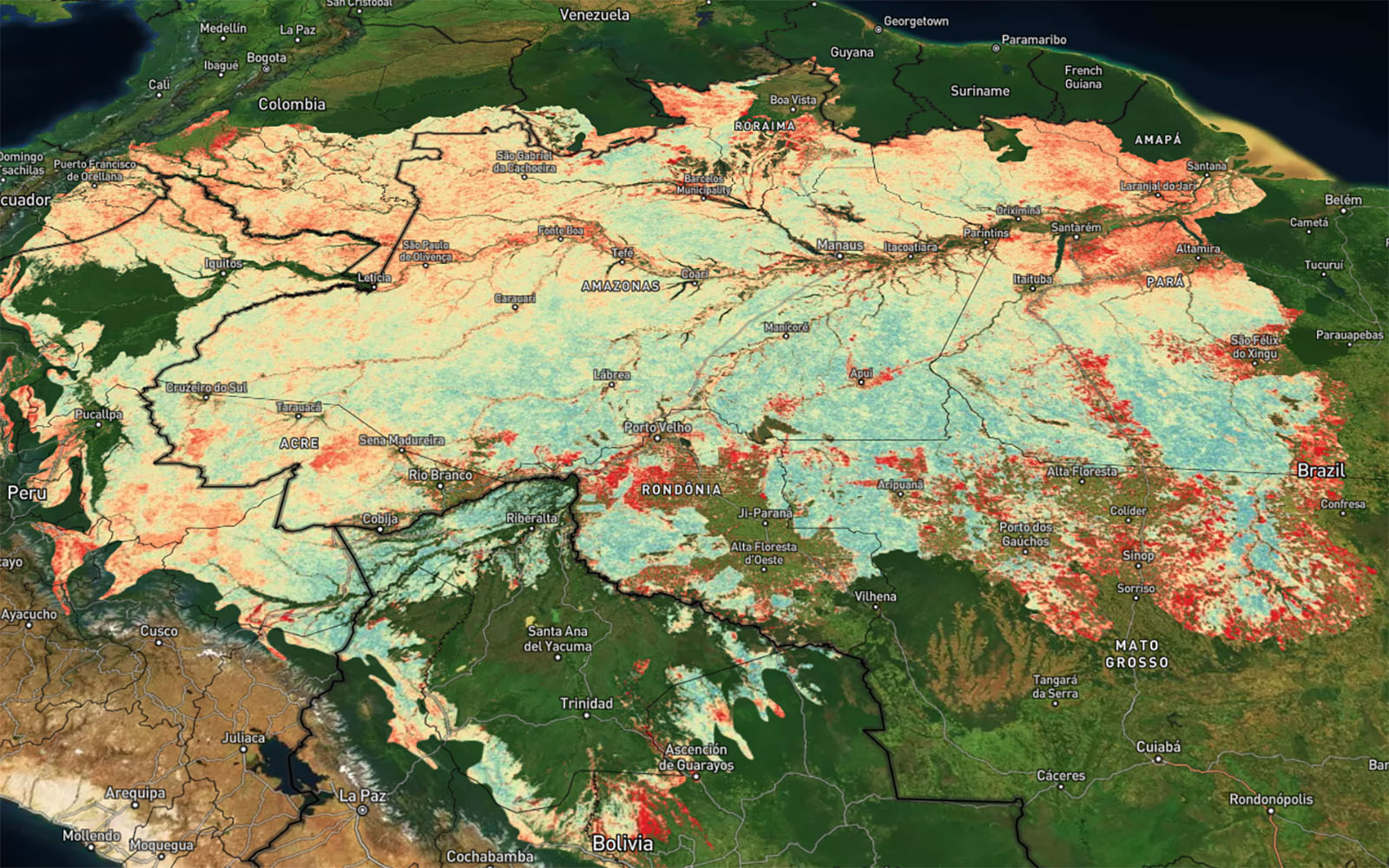
Forest stability is a key component of ecosystem integrity and primary forests. Current remote sensing products largely focus on deforestation rather than forest degradation, and depend on machine learning calibrated with extensive field measurements. To address this, we used MODIS time series to develop a novel approach for mapping forest stability across forest biomes.
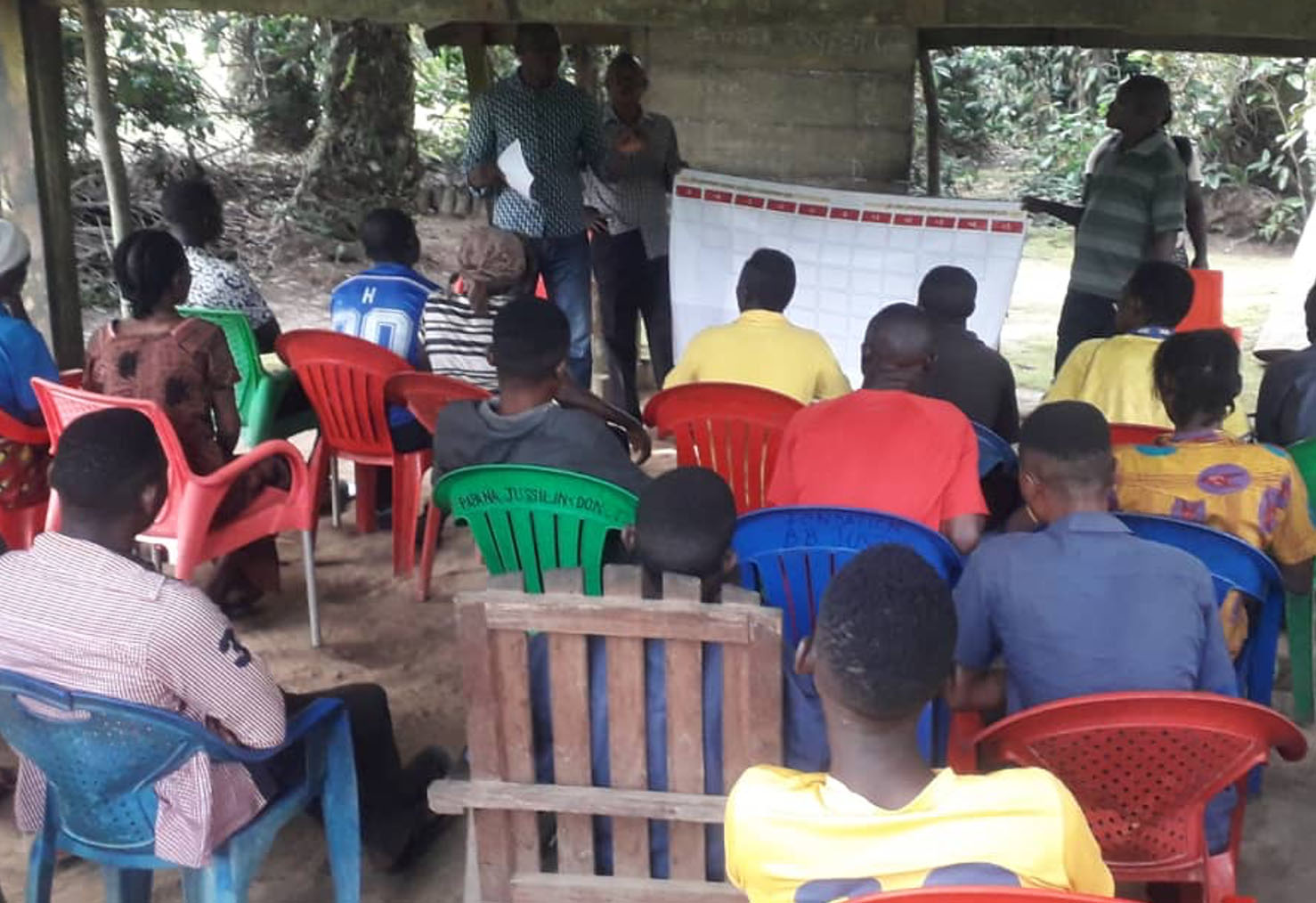
Capacity building activities done through REDD+ schemes can meet the many technical needs but there are likely a number of systemic capacity needs that are unlikely to be addressed through existing processes. Missing are education and training in governance and management, as well as fundamental education in sustainability. Failure to address these needs risks undermining any implementation of REDD+.
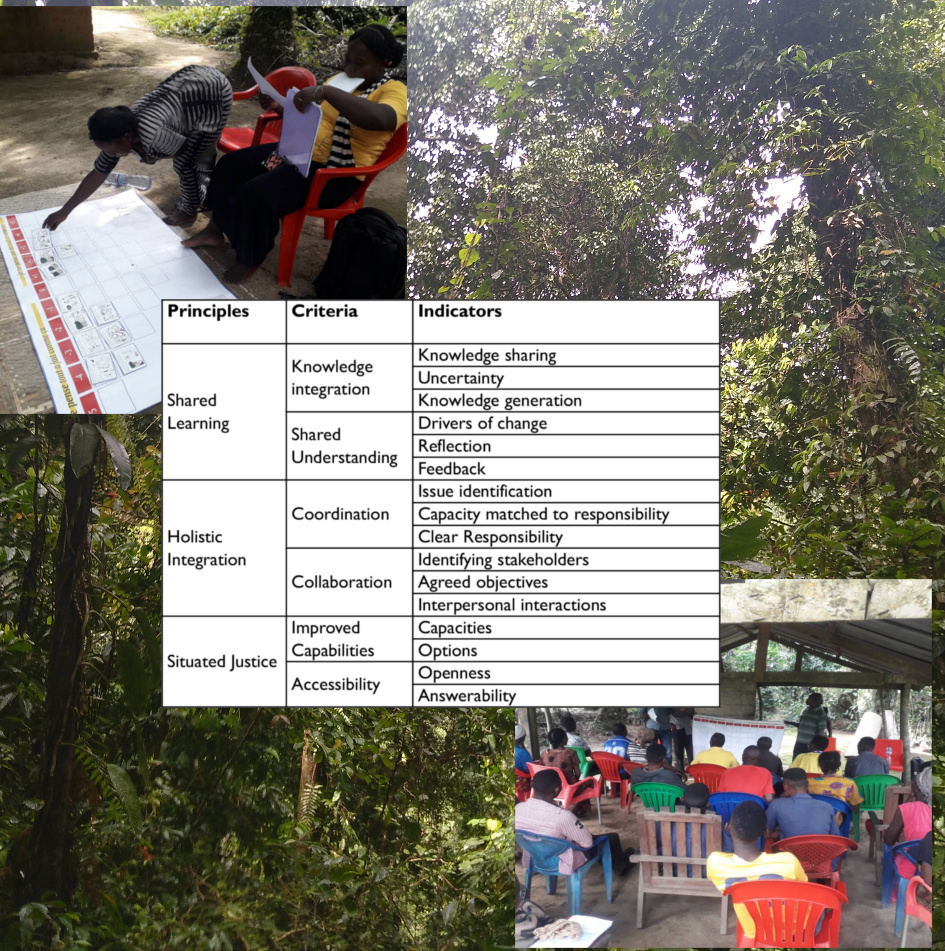
Effective planning is a key pillar of landscape management, but there are limited tools for evaluating planning, especially where planning is informal or nascent. This paper outlines a novel and robust principles, criteria and indicators framework for evaluating planning in contexts where there is limited formal planning.

The number of studies on valuation of forest ecosystem services is increasing over time, but limited in covering important regions and forest types. The values are diverse in nature for different forest features and ecological zones. The economic value is greatest when the ecosystem services are considered together, instead of when individual extractive uses are used in insolation.
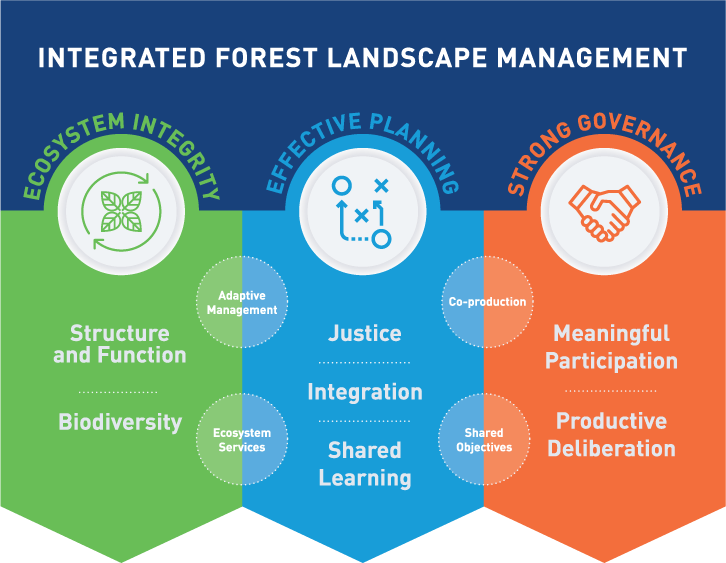
Integrated landscape management of forest landscapes requires ecosystem integrity, effective planning and strong governance. Integrated landscape approaches to forest management are more holistic than conventional sector-based approaches and provide a more promising approach to sustainable management.

The world’s contain irreplaceable biodiversity and are critical to the regulation of the global climate and maintaining stable carbon pools. Carbon-dense primary forests are found in every major forest biome and they typically support higher levels of biodiversity than logged forests, especially imperiled and endemic species, yet their value is not fully recognised in climate policy.









